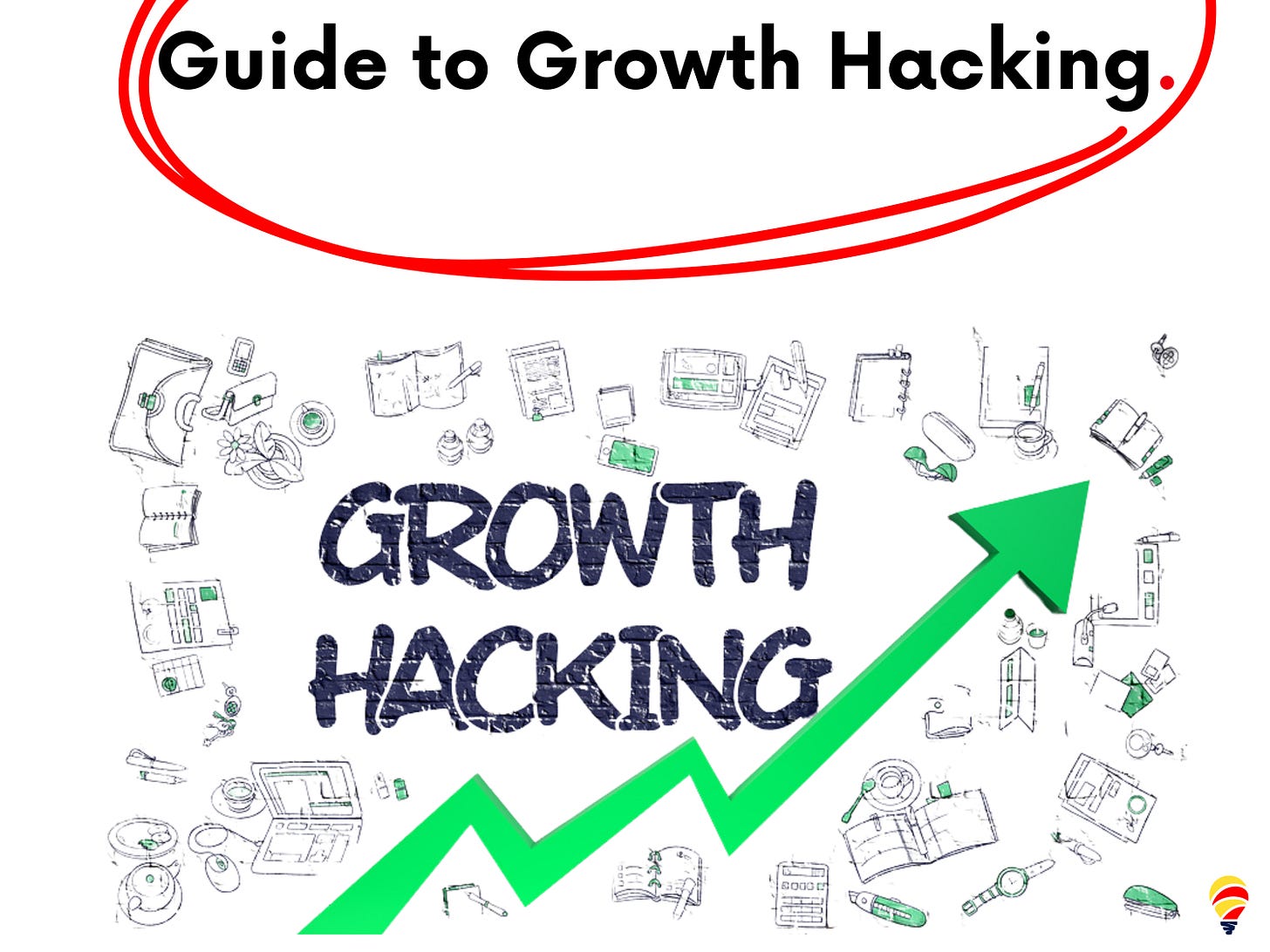Quote
"Growth hacking is a results-obsessed approach to rapidly growing your user base and revenue. It's about throwing out the traditional marketing playbook and getting scrappy." - The Product Manager's Guide to Growth Hacking 🚀
Poll
💯 Framework // Concept // Mental Model
Let me paint a picture that might feel all too familiar. You've toiled away for m…
Keep reading with a 7-day free trial
Subscribe to The Product Channel By Sid Saladi to keep reading this post and get 7 days of free access to the full post archives.




